by Oliver DeMille
To Read or Not To Read
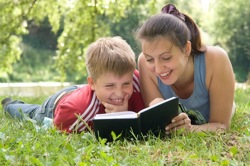 “Girls, are you ready to read tonight?” Rachel asked.
“Girls, are you ready to read tonight?” Rachel asked.
A look of concern crossed nine-year-old Abi’s face, and eleven-year-old Meri sighed and said slowly, “Okay, I guess so.”
Rachel closed the book she had just opened and put it in her lap. “Oh my!” she said. “What’s this? You don’t want to read?”
After a long pause, Abi replied, “Uh…not really…”
Meri just sighed again.
“What’s wrong?” Rachel asked.
Both girls squirmed uncomfortably.
“Is it the book?” Rachel questioned.
“Yes!” Meri said immediately. She was so animated that Rachel laughed out loud.
She turned to Abi. “Is that how you feel, too?”
“Mom, we love reading time,” Abi said diplomatically. “We would hate it if you stopped reading with us. It’s just that…” she hesitated, then went silent.
“The book is okay,” Meri finished the thought, “but it’s just not the same as the other books we’ve read.”
A Bad Fit
“You know what?” Rachel responded, “I agree. We’ve read over a hundred pages in this book, and I thought you were enjoying it. But in truth, I don’t think it’s very great either.”
“What’s wrong with it?” I asked.
The looks on the little girl faces communicated that they didn’t want to argue with me about it, so I quickly added, “I don’t love it either. But I think we can learn a lot by knowing why we dislike it. We don’t have to read it. Let’s read something else. But first, let’s discuss our experience with this one.”
“Does that sound fun?” Rachel asked with a big smile.
“Yes!” the girls were enthusiastic.
“Great!” Rachel replied. “So, what didn’t you like about it?”
“The brother and sister in the book were always picking on each other,” Meri said. “It bothered me. Why can’t they just be nice? They act like enemies, not siblings.”
“I agree with you,” Rachel said. “I know this book was written for kids your age, and it was written by educators who want children to get excited about history, but they do seem stuck on the view that siblings always fight, or at least constantly snipe at each other.”
“Well, I do sometimes argue with my siblings,” Meri said, “but in situations like those in the book, I’d want to work together with my brother, not be sarcastic about everything he says. In real life, I sometimes fight with my siblings, but only once in a while. In this book, the siblings always fight. It seems like the authors don’t understand kids.”
How It Should Look
“What did you dislike in the book, Abi?” Rachel asked.
Abi wrinked her nose and pondered. “I’m not sure I know how to say it,” she finally replied.
Rachel nodded. “Is that because you aren’t sure what you don’t like, or just that you don’t know what words to use?”
“I don’t know what words to use.”
“Do you dislike the story?” I asked.
“Kind of…”
We waited. Abi looked frustrated.
Rachel finally asked, “What books do you love?”
“Little House in the Big Woods!” Abi said happily. “And Little Britches!”
“Laddie!” Meri almost shouted.
“I think I see what you mean, Abi,” Rachel said. “The books you love are real classics. This book, the one you don’t like, is just something that looked good at the library. It’s just not classic like the others.”
The girls were both nodding. “It feels like it’s missing something,” Meri said thoughtfully.
“It sure does!” Abi said with a laugh.
We all laughed with her.
A Problem of Flavor
“You know what, Mom?” Meri asked. “This book just doesn’t taste the same as the classics.”
Abi wrinkled her nose again and giggled. “You’re not supposed to eat it, Meri.”
“No, seriously,” Meri continued, “it just has a blah flavor. You know how cookie dough tastes really blah when you don’t add any sweetener? Well, that’s exactly what this book is like. I usually love reading together, but this book is just blah. It’s not very interesting.”
Rachel and I looked at each other and grinned. “That’s very descriptive, Meri. I like how you used a cooking example to describe this book.” Rachel continued, “Maybe we’ll stick to classics from now on, does that sound good?”
“Yeah!” the girls cheered.
“By the way, Meri,” Rachel said, “the kind of example you used comparing books to cookie dough is called an analogy.” We talked for another ten minutes, then picked out a new book to read.
After the girls went to bed, Rachel and I talked about the conversation. “The classics just feel different,” she said. “The girls could tell, even without knowing the specifics or the labels.”
I nodded. “Classics are great, and even little children want greatness in their life. Anything else just plain tastes different.
Nobody really wants to repeatedly come face-to-face with blah. The classics have a peculiar flavor—a richness and texture—about them. A depth.”
This is just as true for children as it is for everyone else. Read classics with your kids, and they’ll soon be able to tell the difference.
In the process, they’ll not only get a better education, they’ll also develop real taste.
[For more on this powerful theme, see The 5 Habits of Highly Successful Homeschoolers by Oliver and Rachel DeMille.][/fusion_text][/fusion_builder_column][/fusion_builder_row][/fusion_builder_container]


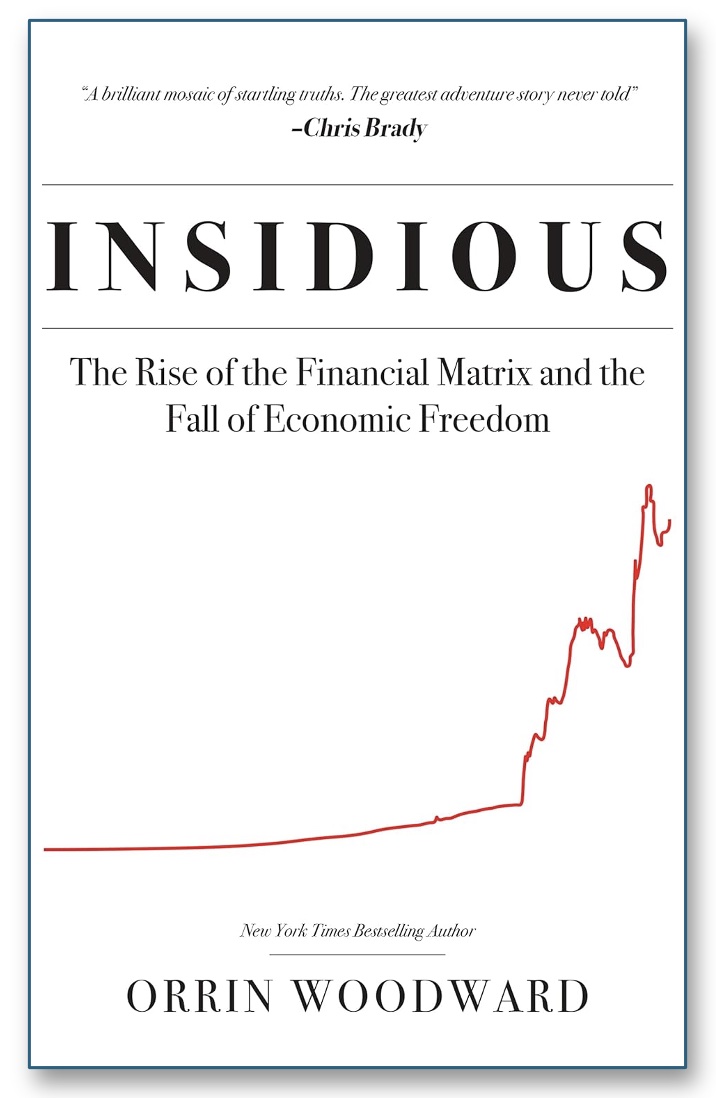

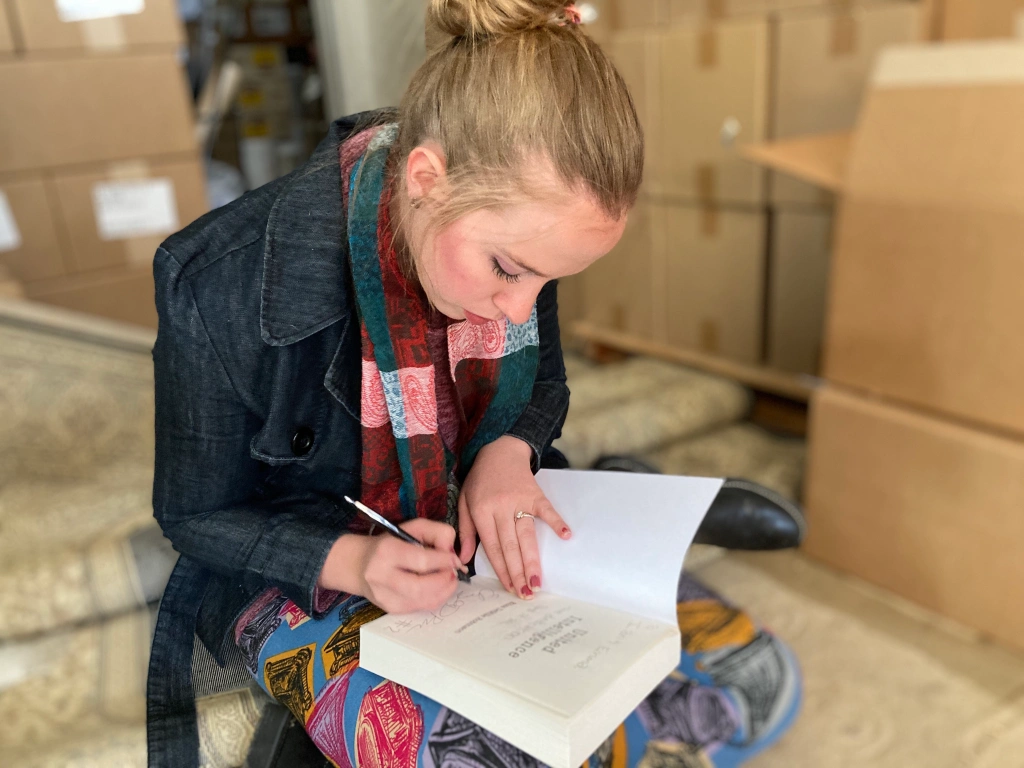
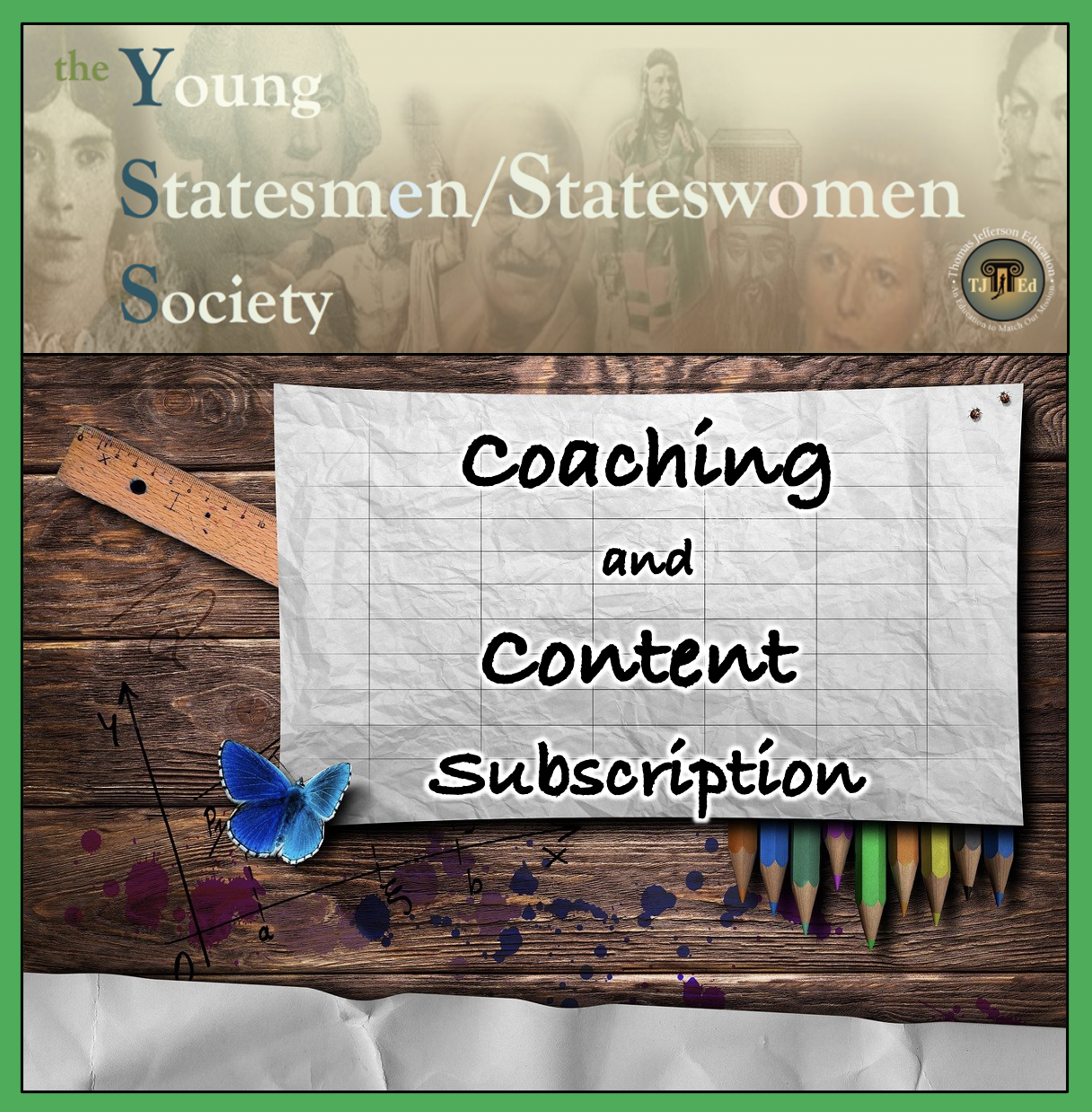
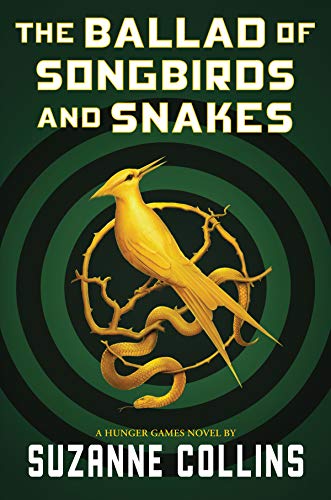
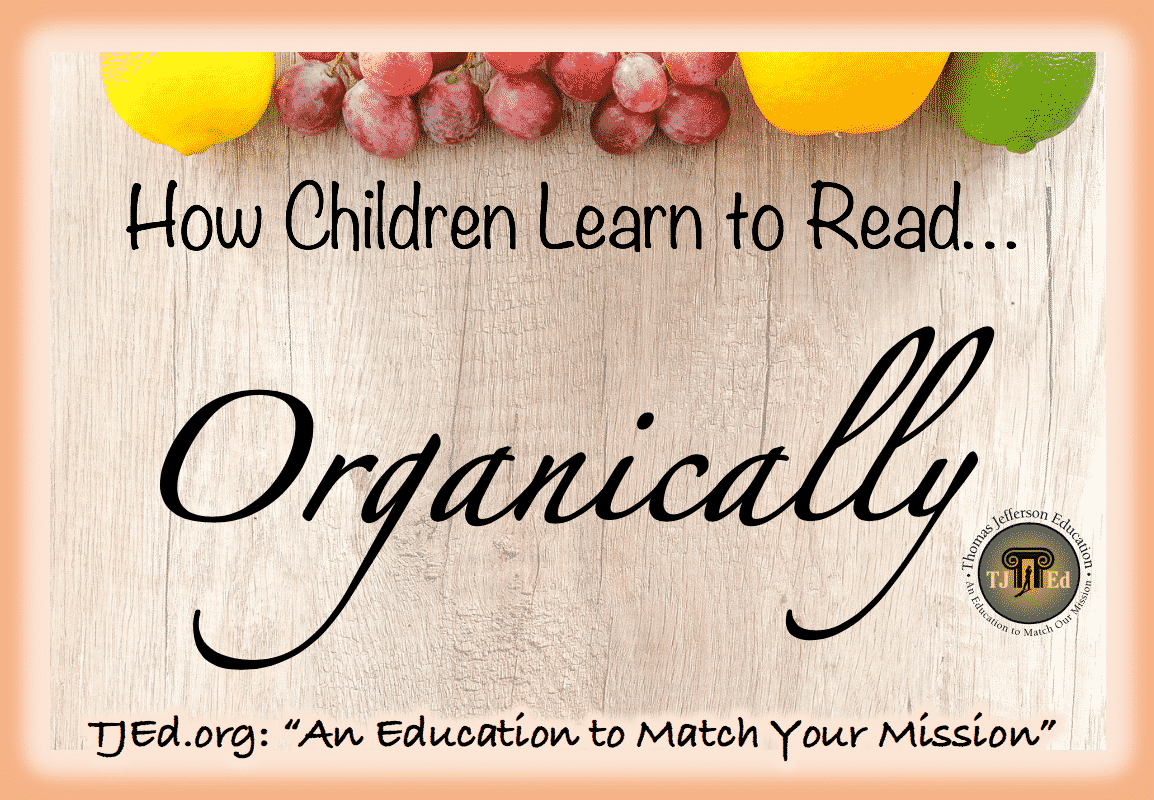
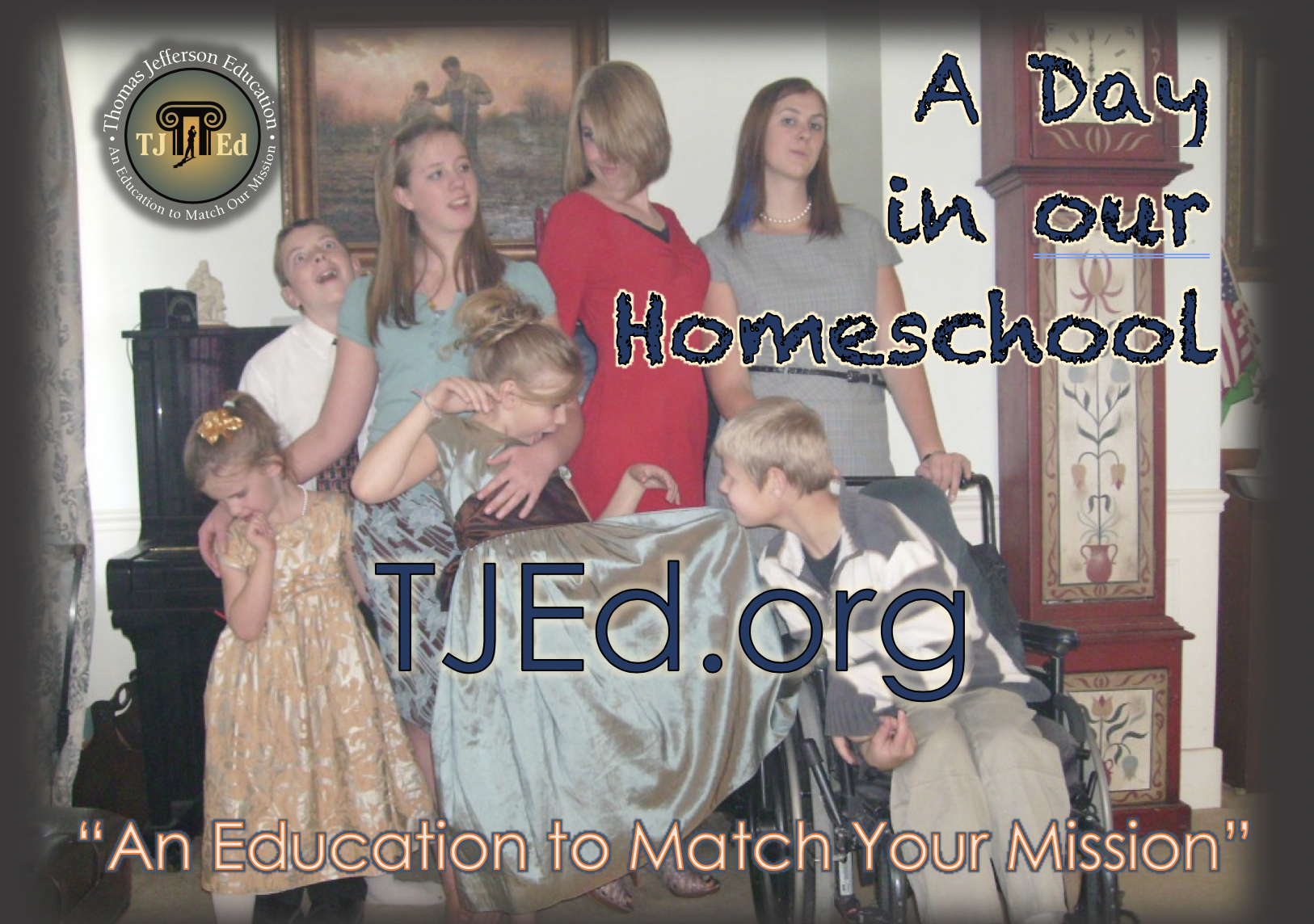
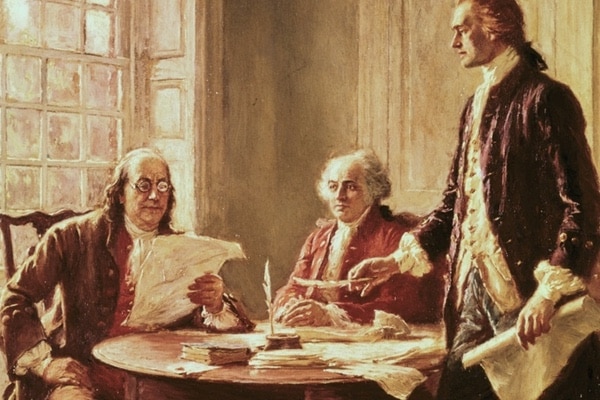

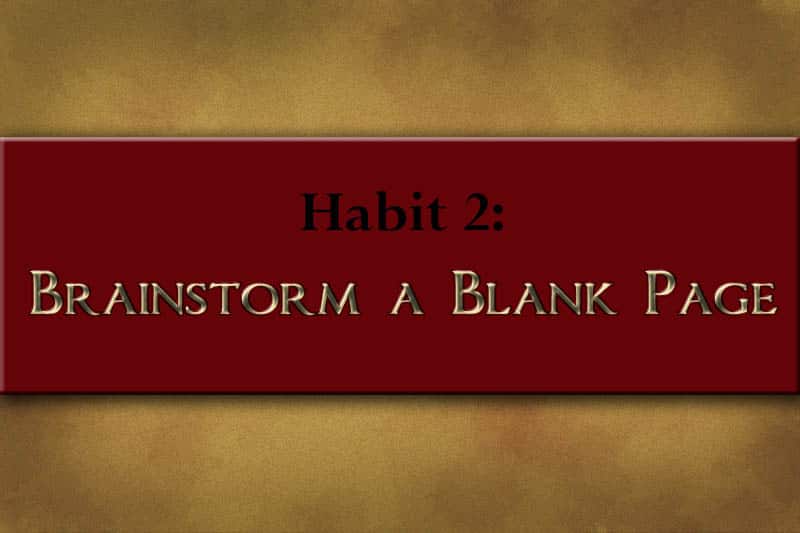





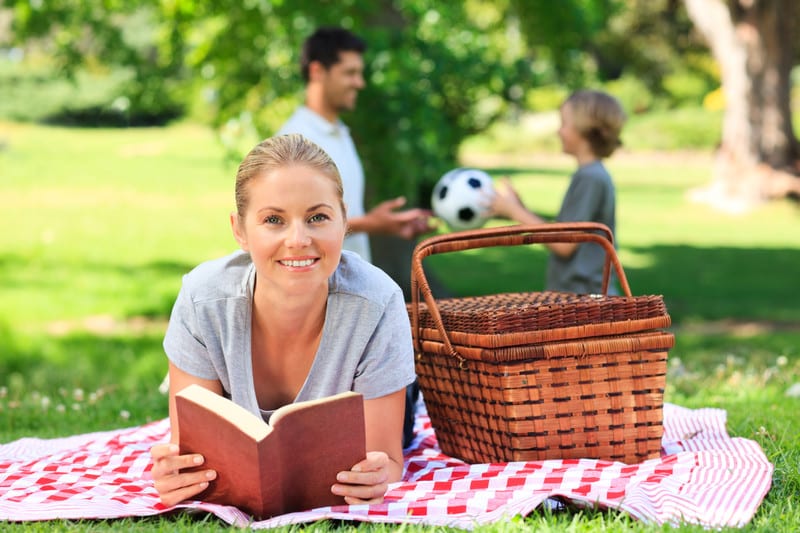

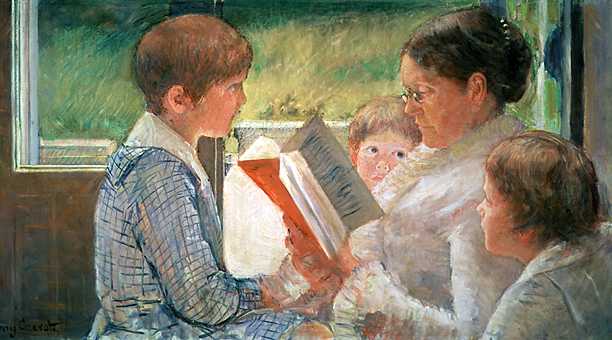

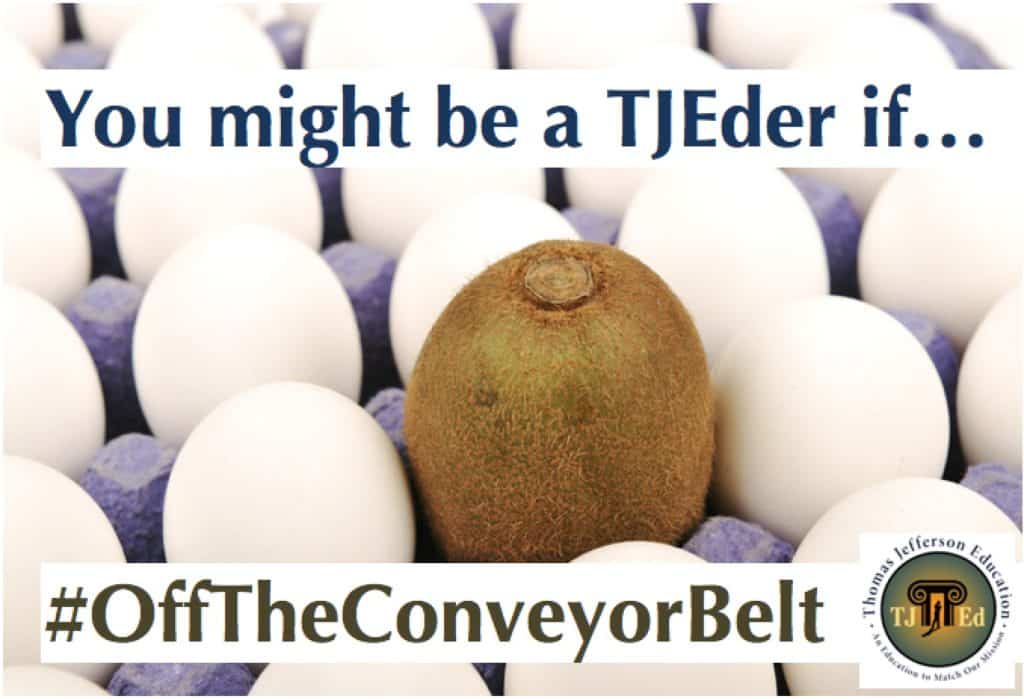


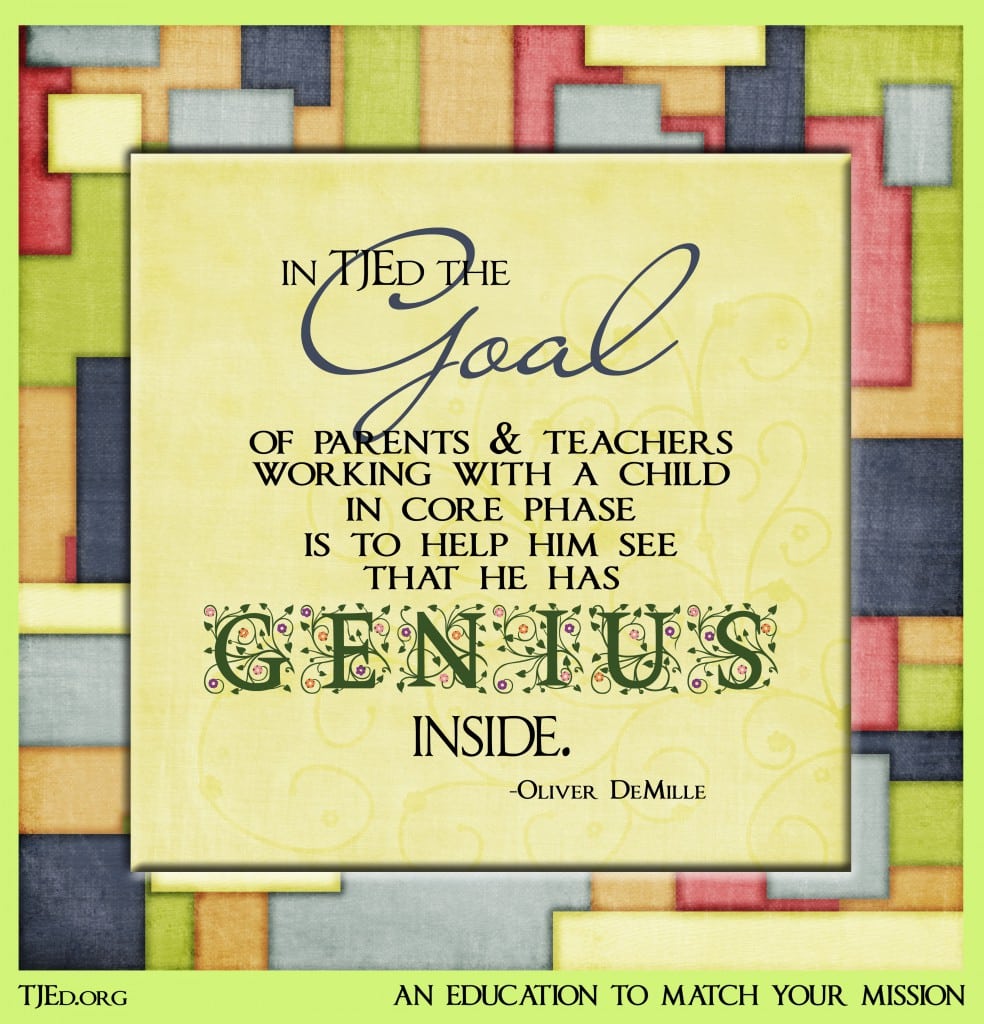
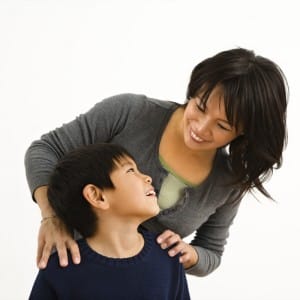

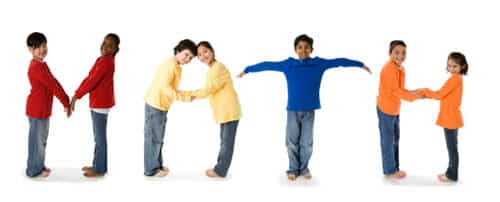
This is so true! I have noticed that, since I started reading classics more often over the last year, I have lost my taste for other books which I would have enjoyed before. For instance, I had previously read the first two books in the Wool series and thought they were fine. More recently, my mother passed the third one on to me and it just felt like a waste of time. I couldn’t get myself to read it, even though I wanted to be able to discuss it with my mom since that is one of the best ways we connect.
The more classics I read, the more classics I want to read!
I love the examples and illustrations you use to teach principles about good education. Thank you.
I often get confused with the two extremes that many people, including me, seem to fall into as regards classics.
For some it is just a different use of the word classic, that just takes some adjustment and understanding of sensus plenior for classic. these are not the extreme, just those unfamiliar with leadership education.
For others, there seems to be this strict adherence to a predefined definition of what a classic is, and it takes at least 100 years for anything to become a classic. Kind of like credentialism for books.
For others, they are so used to intellectual junk food, that a classic means something boring and difficult to read.
How do we overcome these two extremes in ourselves, and help others to do the same?
I JUST had this discussion last night with my kids. After 10 years of having most of my books stored in boxes, my husband built several full-wall bookcases for me, and I’ve finally gotten all my books on them. My younger kids we’re asking me if there were any “bad” books on the shelves, and I explained that I have many books from differing perspectives than mine, because I think it’s important to know how the “other side” thinks, but they weren’t necessarily “bad”, just not my highly recommended books. “No” they said, “not non-fiction. Do you have any “bad” fiction books?” I had them look through the fiction section, pointing out the various books we’ve already read, and asked the question back at them. Did THEY think there were any “bad” fiction books? We had a half-hour discussion about classics vs. modern fiction…for us it came down to language. We all agreed that the classics just use language BETTER.
On the same topic, what do you do when you’re reading the best book in the world and they don’t like it? I apparently “voiced” Anne (of Green Gables) in a way that her character comes across as annoying to my kids, and they keep telling me they aren’t enjoying the book. If I didn’t know any better, I’d think they were toying with me (teasing because they know it’s one of my favorite books, except they don’t know that)! I don’t know how to fix this, but it would be a travesty if they grew up believing Anne of Green Gables was “bad” fiction.
I would love to know which book they decided not to finish and if it is the one I think it is…
Does anyone else feel like many of the modern books are just bottled up lessons about political correctness? My children are always asking for books set in our current era, but I am drove nearly nuts by the lack of artistic storytelling in favor of the imposition of a particular worldview.
There surely are some lame books (in every era); and, there are some wonderful classics being produced in our day. This post might be of interest: https://tjed.org/2014/08/beware-antireaders-weekly-mentor-oliver-demille/